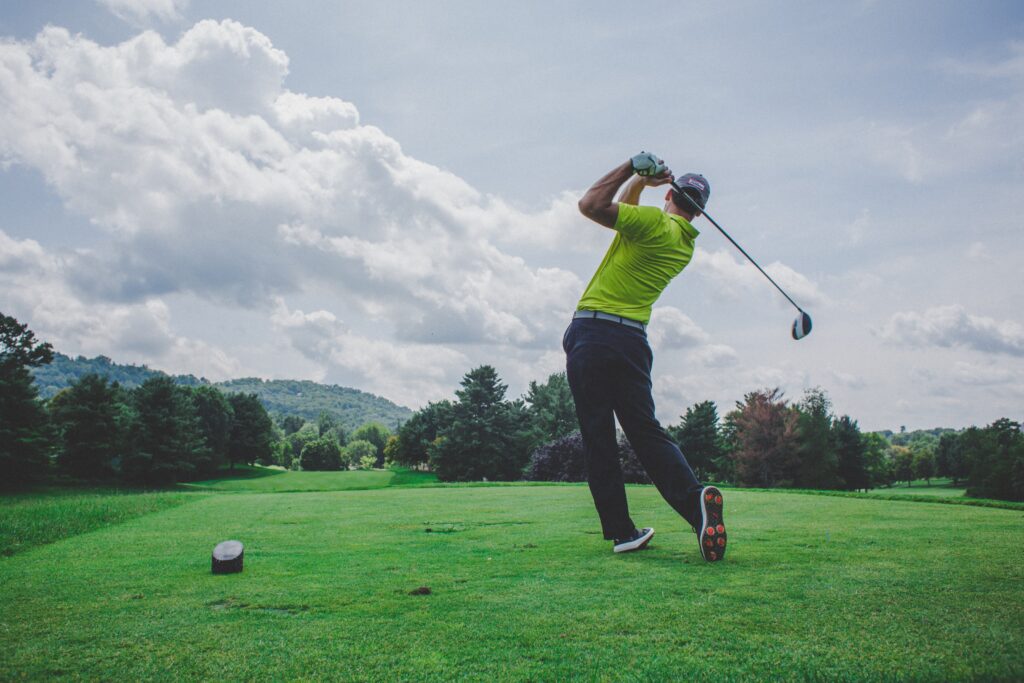Golfer’s elbow, also known as medial epicondylitis, is a condition that affects the tendons and muscles in the forearm that attach to the medial epicondyle, which is the bony bump on the inner side of the elbow. This condition is caused by repetitive stress or overuse of the forearm muscles and tendons, particularly those that are used to straighten the wrist or fingers.
Symptoms of golfer’s elbow include pain and tenderness on the inner side of the elbow, weakness in the forearm, stiffness, and a burning or tingling sensation in the fingers. These symptoms may be mild or severe and can be accompanied by swelling and redness.
Physical therapy is an effective treatment for golfer’s elbow. A physical therapist will first conduct a thorough assessment of the patient’s condition, including a review of the patient’s medical history and an examination of the affected arm. From there, the therapist will develop an individualized treatment plan that may include:
Stretching exercises: To stretch the muscles and tendons in the forearm and elbow, which will help to reduce pain and inflammation.
Strengthening exercises: To strengthen the muscles in the forearm, which will help to improve function and reduce the risk of re-injury.
Manual therapy: To improve mobility in the elbow joint and to release any tightness or tension in the muscles and tendons.
Ultrasound therapy: To reduce pain and inflammation by increasing blood flow to the affected area.
Dry needling: To relieve pain and muscle spasms by releasing tension in the muscles and tendons.
Taping or bracing: To provide support and stability to the elbow, which can help to reduce pain and inflammation.
Education on proper technique and equipment use: To help prevent future injuries, physical therapists often provide education on proper technique and equipment use to patients with golfer’s elbow.
In addition to physical therapy, other treatments for golfer’s elbow may include rest, ice, and over-the-counter pain medication. In some cases, a doctor may also recommend a corticosteroid injection to reduce inflammation.
It is important to note that golfer’s elbow can be prevented by maintaining good form when performing repetitive motions and by using proper equipment. If you suspect you may have golfer’s elbow, it is important to consult with a physical therapist or other healthcare professional to determine the best course of treatment. With the right treatment, most people with golfer’s elbow can achieve a full recovery and return to their normal activities.


